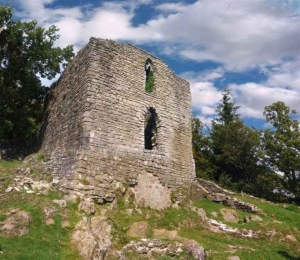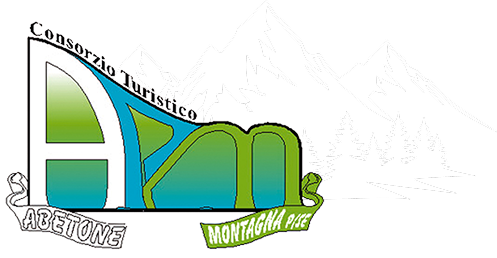Sambuca Pistoiese

Located on the border between Tuscany and Emilia, the Municipality of Sambuca is the meeting point between two territories that coexist side by side with their culture and traditions on this part of the Pistoia mountains. The high valleys of the two Limentre streams and the Limentrella stream were in the past areas of great importance, with their intertwining roads, such as the Via Francesca della Sambuca, which connected central-western Tuscany to the Reno valley and therefore to the cities of the Via Emilia and the Po Valley. Along these ancient communication routes, churches, monasteries and hospices arose in the Middle Ages, of which today there is still memory in documents and visible traces in the territory. Walking along the paths of this part of our mountain means discovering an illustrious past and immersing yourself in a landscape of rare beauty. The castle of Sambuca, built starting from the middle of the 11th century as a control post, had a strategic role in the centuries-old disputes between Bologna and Pistoia, to which it was definitively annexed only in 1775. The town is the same as it was two centuries ago, with its houses aligned above the terraced gardens facing south, the small square that leads to the church and, above, the remains of the ancient fortress. The massive truncated tower is the clear reminder of the military nature of the castle, while remains of the ancient walls are incorporated into the rectory and the church of San Giacomo Maggiore, patron saint of Pistoia with the name of San Jacopo. Walking in this ancient village the visitor is immersed in a fascinating space and reappropriates sounds and noises almost forgotten such as the water flowing from the public fountain, the chatter of those walking or stopping in the narrow streets and small open spaces, or the wind that shakes the trees of the surrounding forests. And it is in the summer that the life of the village comes alive with cultural and folkloristic events that unite the inhabitants and guests in a common celebration. Another important stronghold of the defensive system in this part of the mountain was the castle of Torri, documented since the 11th century. Although there are no traces of the castle, it is still interesting to visit the small village with the church of Santa Maria, of medieval origin, which today presents itself in its 17th-18th century guise. [texts from the Tourism Service of the province of Pistoia]

 Italiano
Italiano